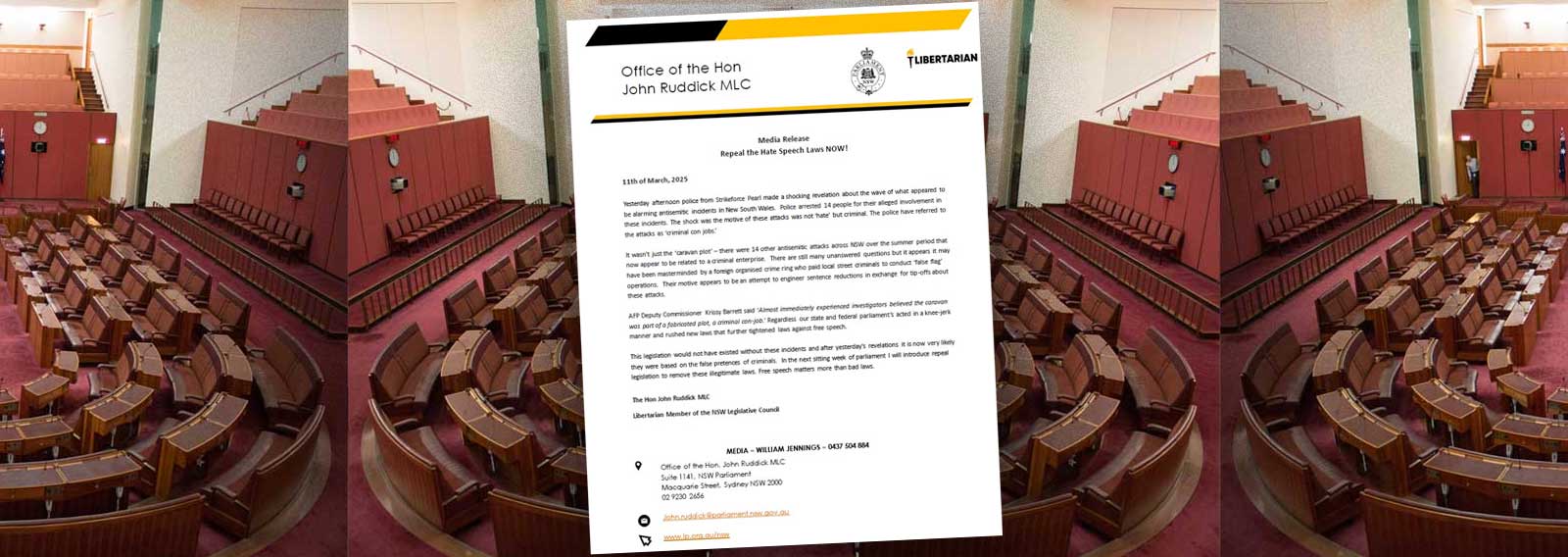The Australian Human Rights Commission has just released its Guidelines for the inclusion of transgender and gender diverse people in sport dated June 2019. According to the Sex Discrimination Commissioner, Kate Jenkins:
The federal Sex Discrimination Act 1984 (Cth) (the Act) prohibits unlawful discrimination on the basis of sex and gender identity in certain areas of public life. The Act has recognised the non-binary nature of gender identity since 2013. The Guildlines provide information on the operation of the Act, and practical guidance on how sporting organisations, their staff and volunteers can promote the inclusion of transgender and gender diverse people in line with human rights-based principles.
I look forward to sporting organisations using these Guidelines to ensure that their policies and practices comply with the Act, and are designed to maximise the inclusion of transgender and gender diverse people in their sports.
Further, these guidelines have been endorsed by David Gallop, the Chairman of the Coalition of Major Profession and Participation Sports (COMPPS) which is made up of the following member organisations:
- Australian Football League
- Cricket Australia
- Football Federation Australia
- National Rugby League
- Netball Australia
- Rugby Australia
- Tennis Australia
Prof. John Whitehall—Professor of Paediatrics at The University of Western Sydney—told me that, “This is an immense propaganda victory for the ideology of gender fluidity” as it will be foisted upon 9 million Australians through 16,000 sporting clubs across the nation.
If this whole approach seems something of an overkill, then that’s precisely because it is. According to the 2016 census there are only 1,260 adults in Australia—or 0.0054% of the total population—who identify as transgender. But just note what some of the strategies outlined in the guidelines include (page 37):
3. How do I make my sport more inclusive of non-binary people?
Non-binary is a term used to describe a person who does not identify exclusively as either a man/boy or a woman/girl.
It might seem difficult to include non-binary people in sport, as sport is often organised based on male and female categories. However, there are simple ways to promote the inclusion of non-binary people in sport.
Some strategies include:
- creating gender-neutral teams
- allowing participants to elect which team they wish to join based on their gender identity
- allocating a number of gender non-specific positions in mixed competitions (for example, 40% women: 40% men: 20% non-specific) instead of a designated men/boys to women/girls ratio
- consider ways that the rules of a particular sport can be universally re-designed to accommodate non-binary players.
Just imagine what the future of sport in Australia is going to look like if ‘strategies’ such as this are adopted? In this brave new world of gender fluidity, not only with the rules of a particular sport have to be “re-designed to accommodate non-binary players” but teams themselves will be pressured into having gender quotas. It will be like if the Australian Labor Party decided to play footy.
But to give you an idea as to what this might look like in practice, the document provides a number of case studies, including (page 25):
Case study
Competitive sporting activity and children who are younger than 12 years of ageXanthe is ten years old, and was assigned as male at birth but identifies as a girl.
Xanthe plays water polo. Xanthe’s team is playing in the local girls tournament next weekend. The tournament organisers have contacted Xanthe’s club to explain that because her birth certificate indicates her gender as ‘male,’ she won’t be able to participate. When Xanthe’s club asks for an explanation the organisers explain that there is a concern that the competition won’t be ‘fair’ because Xanthe is ‘too strong’ and that ‘the competitive sporting activity exemptions allow for her exclusion on this basis’.
Xanthe’s club writes to the tournament organisers indicating that the Act specifically provides that the competitive sporting activity excemption does not apply to ‘sporting activities by children who are younger than 12 years of age’.
Xanthe is able to participate in the tournament.
While you might be happy for ten-year-old ‘Xanthe’ to play in the girl’s water polo team simply because he doesn’t identify as being a boy, how would you feel about him also getting changed in the girl’s bathroom? What’s more, note that as the case study itself clarifies:
…the competitive sporting activity exemption does not apply to ‘sporting activities by children who are younger than 12 years of age.’
So, your twelve-year-old daughter might be forced to share a change room with a twelve-year-old biologically assigned at birth male and there will be nothing you can do about it.
To be fair, the guidelines also outline that there are four exemptions to the Sex Discrimination Act 1984—is it just me, or is the Orwellian date of this Act also significant? —as follows:
- Voluntary body exemption
- Club exemption
- Competitive sporting activity exemption
- Temporary exemption
However, to give you an idea as to just how imprecise the terminology being used here is note the following explanation contained in the guidelines themselves (page 24):
The exemption allows for discrimination on the grounds of sex or gender identity only in ‘any competitive sporting activity in which the strength, stamina or physique of competitors is relevant.
The words ‘strength’, ‘stamina’ and ‘physique’, and the term ‘competitive sporting activity’, are not defined in the Act. Their meanings have not been conclusively settled by the Federal Court of Australia.
In reality, this will mean that the definition as to what constitutes ‘strength’, ‘stamina’ and ‘physique’ are so imprecise and vague as to be practically meaningless. Ultimately, the underlying agenda here is not ‘justice’ but the implementation of radical leftist ideology.
Sadly, it’s young girls and women who will be the most negatively impacted by all this. Because the impetus will be for men who are transgender to be given the right to play on female teams rather than vice versa. And this will not only contribute to the death of women’s sport in general but put the physical safety of women at risk in particular.



















